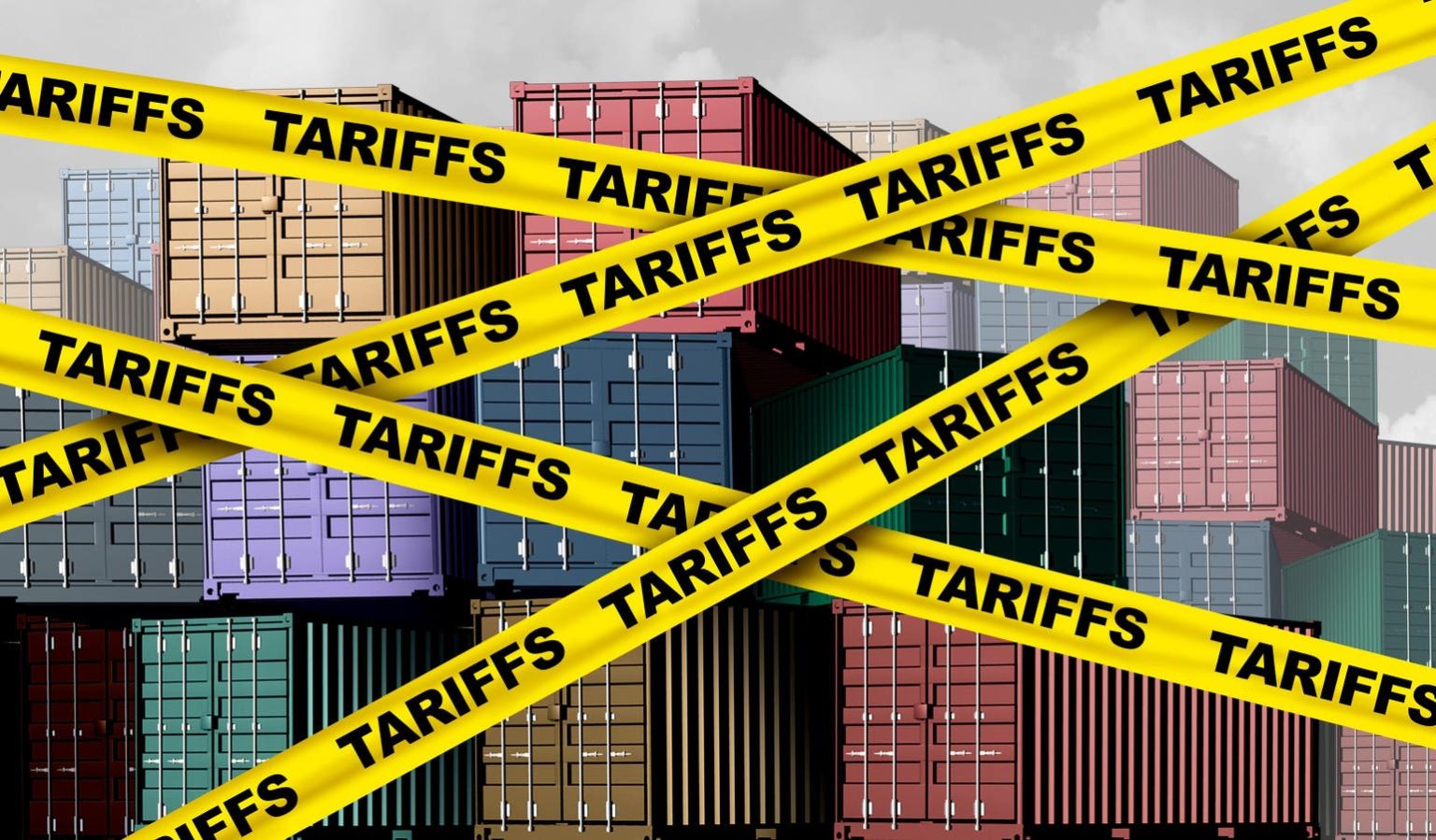The Trump administration’s steel tariffs are a matter of immediate concern. These tariffs, ranging from 76% of annual steel production to a 25% import duty increase, are seen as strategic moves to bolster U.S. self-reliance and stimulate domestic demand. tariffs are tailored to prevent tariffs on imported goods, with marginally higher costs designed to increase the cost of these goods for U.S. importers. This strategy aims to shift economic power from U.S. exporters towards U.S. importers, potentially boosting US competitiveness. However, the extent to which these tariffs will be realized remains uncertain.
The proposed 25% steel tariffs are a bold move, but their effectiveness hinges on several factors. The administration’s Comprehensive Industrial Policy, including earlier formulation of the CHIPS Act, suggests that implementing these tariffs may not occur due to policy considerations. This indicates a need for clear guidance on how transformers will affect global trade. Unlike tariffs on U.S. exporters, which tend to be more concentrated, tariffs on imports are typically limited to two or more countries, reflecting a policy that may not be scalable or feasible for a complex global economy.
Constructing a new steel mill capable of meeting the demand for approximately 29 million tons, as reported, would require significant investment and logistical effort. Current infrastructure lags behind the demands, necessitating rapid investment. Achieving steel self-sufficiency would require substantial investments, likely doubled by the end of the decade, as market demand grows. Additionally, these investments would rely heavily on government subsidies and modern infrastructure. Ensuring that these infrastructure projects can stand the test of time is critical to maintaining the benefits of the policy.
The suggested tariffs carry significant implications for the U.S. economy. While critics argue that price hikes could hurt U.S. competitiveness, they also highlight the risks associated with rising inflation, which could destabilize financial markets. Investors and businesses may face concerns about how these tariffs might impact their portfolios, particularly if they opt not to adjust pricing strategies or go for more favorable trade policies.
Overall, the impact of these tariffs is unclear. They could increase consumer prices without boosting U.S. domestic industries, posing potential issues for businesses and investors. However, with overwhelming evidence contradicting the administration’s claims of populism, the application of these tariffs is unlikely. This suggests that the administration’s current approach may face challenges in managing expectations and balancing its strategic intent with real-world outcomes.

